Top Metrics to Monitor for Customer Service Success
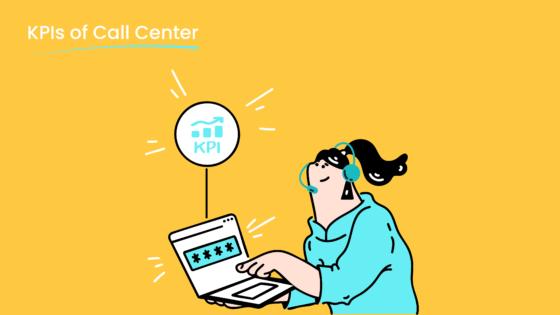
Tracking customer service performance metrics is vital for improving your customer service experience. Metrics like customer satisfaction, customer retention rate, and first contact resolution help you measure the quality of your customer support. For example, a high customer retention rate often reflects strong satisfaction and loyalty. These essential customer service metrics allow you to identify areas for improvement and optimize operations. Tools like Sobot’s omnichannel solutions simplify this process by providing real-time insights, helping you enhance the overall customer experience and boost retention.
Understanding Customer Service Metrics
What Are Customer Service Metrics?
Customer service metrics are measurable indicators that help you evaluate the performance of your customer support processes. These metrics provide a clear picture of how well your team meets customer expectations and identifies areas for improvement. For example, metrics like response time and customer satisfaction score (CSAT) reveal how quickly and effectively your team resolves issues.
To better understand these metrics, consider the following categories:
| Type of Metric | Description |
|---|---|
| Customer Service Metrics | Indicators that provide a data-specific picture of customer support processes and customer satisfaction. |
| Operational Customer Service Metrics | Data on the performance of Customer Service teams focusing on operational factors like response rate. |
| Customer Experience Metrics | Metrics that reflect customer sentiments and experiences while engaging with the brand. |
By tracking these metrics, you can ensure your team delivers consistent and high-quality service.
Why Are Customer Service Metrics Essential for Success?
Customer service metrics are essential because they allow you to measure and improve your service quality. They help you identify inefficiencies, optimize resources, and make data-driven decisions. For instance, a well-known American bank improved its customer satisfaction by addressing long response times through AI and automation. This change not only enhanced customer experience but also increased revenue.
Key benefits of tracking these metrics include:
- Astute performance evaluation for measuring and quantifying performance.
- Optimal resource allocation for maximum efficiency.
- Proactive crisis detection by identifying recurring issues.
- Data-driven decision-making based on real insights.
Sobot’s omnichannel solutions simplify measuring customer service by providing real-time analytics, helping you make informed decisions to improve customer satisfaction and retention.
The Role of Metrics in Enhancing Customer Satisfaction
Metrics play a crucial role in improving customer satisfaction. They help you understand customer needs and adjust your strategies accordingly. For example:
- Customer Satisfaction Score (CSAT): Measures how satisfied customers are with your service.
- Customer Effort Score (CES): Assesses how easy it is for customers to interact with your team.
- Net Promoter Score (NPS): Indicates customer loyalty and their likelihood to recommend your brand.
By analyzing these metrics, you can identify pain points and create actionable strategies. Sobot’s AI-powered tools, such as chatbots and unified workspaces, streamline customer interactions, making it easier for your team to deliver exceptional service.
Quality Metrics: Measuring Customer Satisfaction and Loyalty
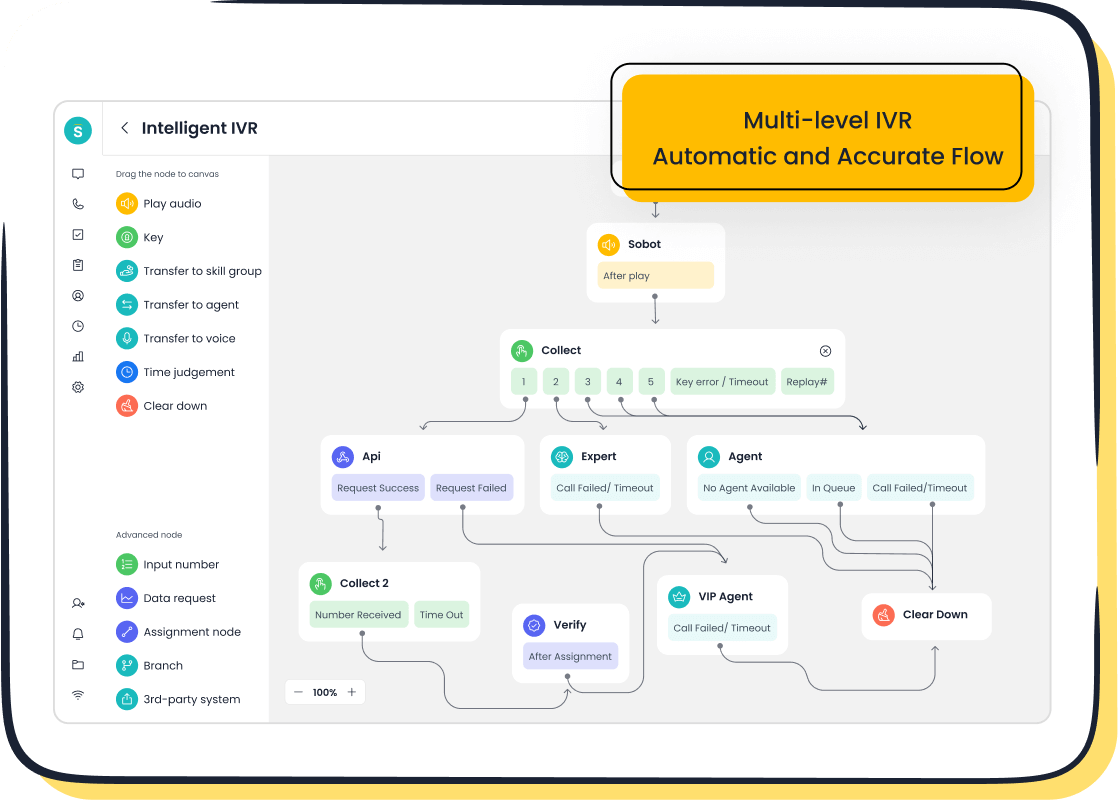
Customer Satisfaction Score (CSAT)
Customer Satisfaction Score (CSAT) measures how satisfied your customers are with a specific interaction or service. It’s one of the simplest ways to gauge satisfaction. Customers typically answer a question like, “How satisfied are you with our service?” on a scale of 1 to 5 or 1 to 10. Higher scores indicate better satisfaction levels.
Different industries report varying average CSAT scores. For example:
| Industry | Average CSAT Score |
|---|---|
| Consulting | 86% |
| Healthcare | 81% |
| E-commerce & Retail | 80% |
| Software | 78% |
| Banks | 78% |
| Health Insurance | 73% |
| Social Media Platforms | 71% |
| Online Travel | 70% |
| Internet Providers | 64% |
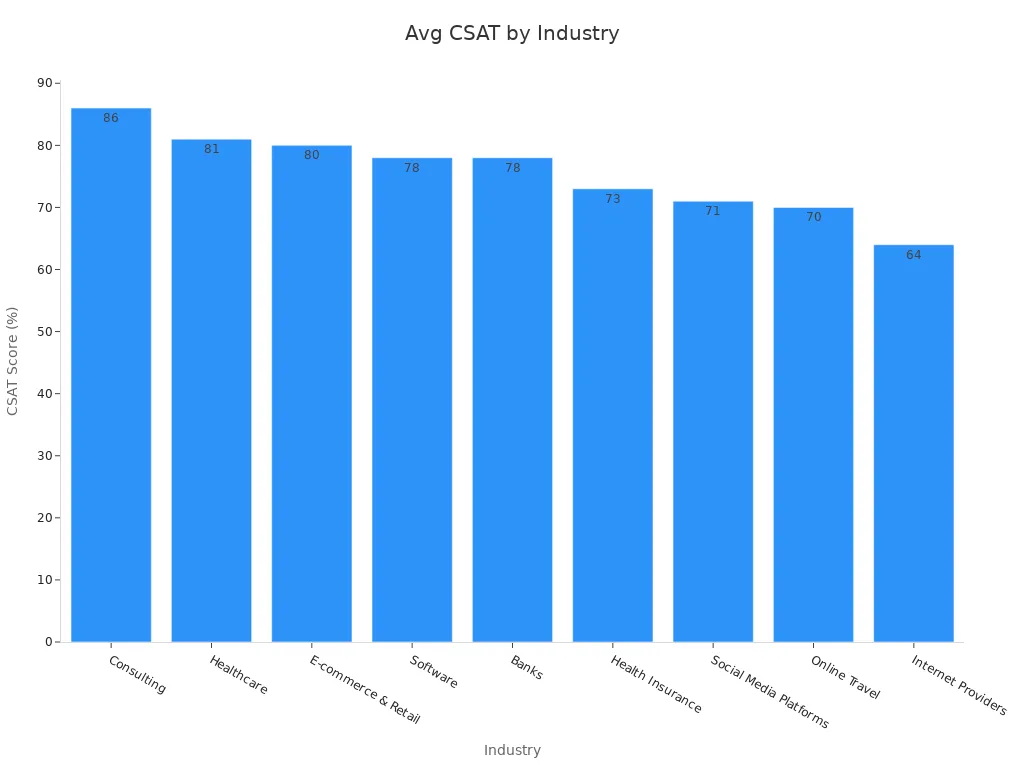
Tracking CSAT helps you identify areas for improvement. For example, Jupiter, a digital banking startup, improved its customer satisfaction score by addressing service delivery challenges. Tools like Sobot’s omnichannel solution simplify CSAT tracking by consolidating customer feedback across multiple channels.
Net Promoter Score (NPS)
Net Promoter Score (NPS) evaluates customer loyalty by asking a simple question: “How likely are you to recommend us to a friend or family member?” Responses fall into three categories: promoters, passives, and detractors. NPS is calculated by subtracting the percentage of detractors from promoters.
This metric is widely used in market research. According to studies, up to 56% of professionals use competitive research, highlighting NPS’s importance. Companies with high NPS scores often outperform competitors in customer satisfaction and loyalty. For instance, research shows that 60% of customers choose brands based on expected service quality.
Sobot’s AI-powered tools help you track NPS effectively. By analyzing customer feedback, you can identify trends and improve your service strategies to boost loyalty.
Customer Effort Score (CES)
Customer Effort Score (CES) measures how easy it is for customers to interact with your business. Surveys typically ask, “How much effort did you have to put in to resolve your issue?” Lower scores indicate smoother experiences.
Amazon exemplifies CES success by focusing on fast and easy shopping experiences. Lower customer effort correlates with higher satisfaction and loyalty. CES surveys also provide insights into customer retention.
Sobot’s AI-driven chatbots reduce customer effort by automating repetitive tasks and providing instant solutions. This approach ensures customers experience seamless interactions, enhancing satisfaction and loyalty.
How Sobot's Omnichannel Solution Enhances Quality Metrics
Sobot's omnichannel solution transforms how you measure and improve quality metrics in customer service. By unifying communication channels and leveraging AI-driven tools, it ensures seamless interactions and boosts customer satisfaction. This solution simplifies tracking key metrics like the customer satisfaction score, problem resolution rate, and customer happiness.
One of the standout features of Sobot's omnichannel platform is its ability to reduce inbound discussion volume by 20%. This reduction allows your team to focus on more complex issues, improving efficiency and service quality. Additionally, the platform enhances the accuracy of responses, with over 80% of answers being correct. These improvements directly impact customer satisfaction, which can reach as high as 97%.
Here’s a snapshot of how Sobot's omnichannel solution improves quality metrics:
| Metric | Improvement |
|---|---|
| Inbound discussion volume | Reduced by 20% |
| Positive feedback | Increased to 96%+ |
| Correct answers | Over 80% |
| Customer satisfaction (CSAT) | 97% |
| Problem resolution rate | 85% |
| Customer happiness | 99% |
| Sign-off rate | Increased by 35% |
| COD collection rate | Increased by 40% |
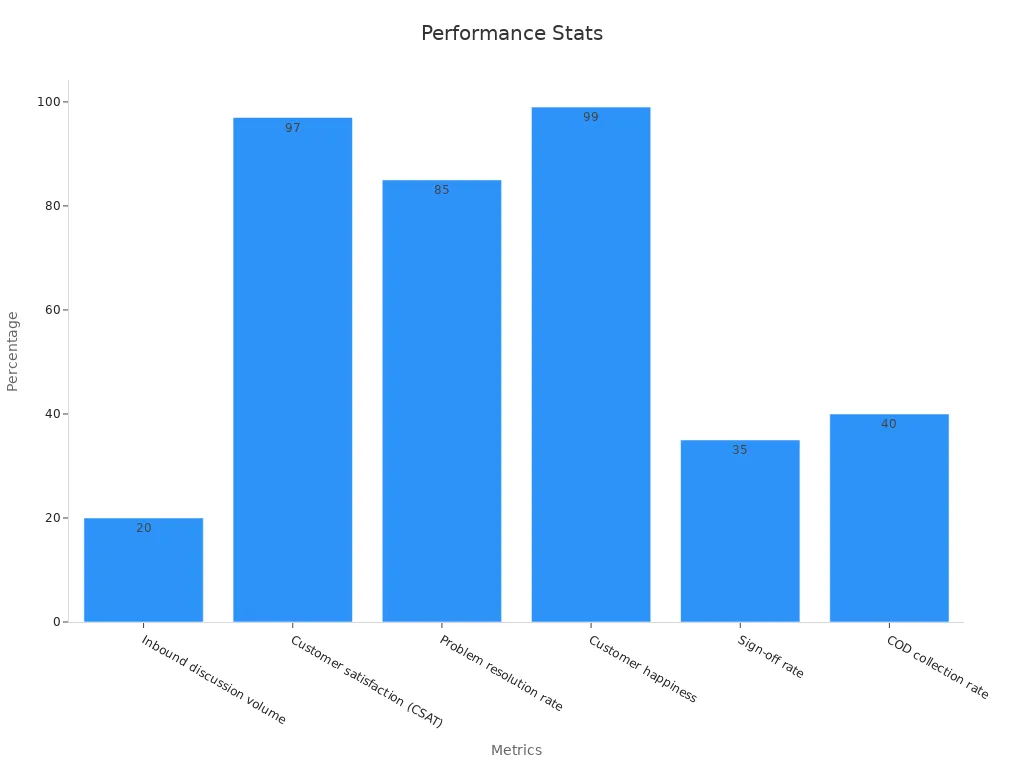
Sobot's AI-powered chatbots and unified workspace also play a crucial role in enhancing these metrics. Chatbots handle repetitive queries, freeing agents to focus on more complex tasks. The unified workspace consolidates customer data, enabling agents to provide personalized and efficient service. These features not only improve resolution rates but also elevate customer happiness to an impressive 99%.
By adopting Sobot's omnichannel solution, you can achieve measurable improvements in service quality. The platform empowers your team to deliver exceptional experiences, ensuring long-term customer loyalty and satisfaction.
Performance Metrics: Evaluating Service Effectiveness
First Contact Resolution (FCR)
First contact resolution measures how effectively your team resolves customer issues during the first interaction. A high first contact resolution rate reflects efficient service and reduces the need for follow-ups. According to COPC research, customer satisfaction can vary by up to 50% depending on whether their issue is resolved on the first contact. Customers whose problems are resolved immediately report satisfaction rates of around 90%, while satisfaction drops to 35% when three or more interactions are required.
Improving FCR benefits your business in multiple ways:
- It reduces customer effort, enhancing satisfaction and loyalty.
- It lowers operational costs by minimizing repeated inquiries.
- It boosts employee morale by streamlining workflows.
Sobot’s omnichannel solution helps you track and improve FCR by unifying communication channels and providing agents with real-time customer data. This ensures faster resolutions and a better overall resolution rate.
First Reply Time (FRT)
First reply time measures how quickly your team responds to customer inquiries. A fast first response time is critical, as 90% of customers consider an immediate reply important for service inquiries. Quick responses not only improve satisfaction but also encourage customers to engage positively with your brand. For example, when customers receive prompt replies, they are more likely to exchange products rather than request refunds.
To improve FRT:
- Monitor your average first response time across all channels.
- Compare your performance against industry benchmarks.
- Use tools like Sobot’s AI-powered chatbots to automate initial responses and reduce wait times.
By prioritizing FRT, you can enhance customer retention and build a reputation for reliability.
Average Resolution Time (ART)
Average resolution time tracks how long it takes to resolve customer issues from start to finish. Monitoring ART helps you identify bottlenecks and improve efficiency. Studies show that faster resolutions lead to higher customer satisfaction. For instance, an online retailer reduced its ART by 30% by addressing delays in query handling, resulting in better customer experiences.
Sobot’s unified workspace consolidates customer data, enabling agents to resolve issues faster. Additionally, its AI-driven tools streamline workflows, ensuring your team meets or exceeds industry standards for average ticket resolution time.
| Metric Type | Description | Purpose |
|---|---|---|
| Sales Revenue | Measures total income from sales over a specific period. | Assess financial performance and growth. |
| Customer Retention | Percentage of customers who continue to use the service over time. | Evaluate customer loyalty and satisfaction. |
| Production Output | Total units produced in a given timeframe. | Gauge operational efficiency and productivity. |
By focusing on ART, you can improve operational efficiency and deliver a seamless customer experience.
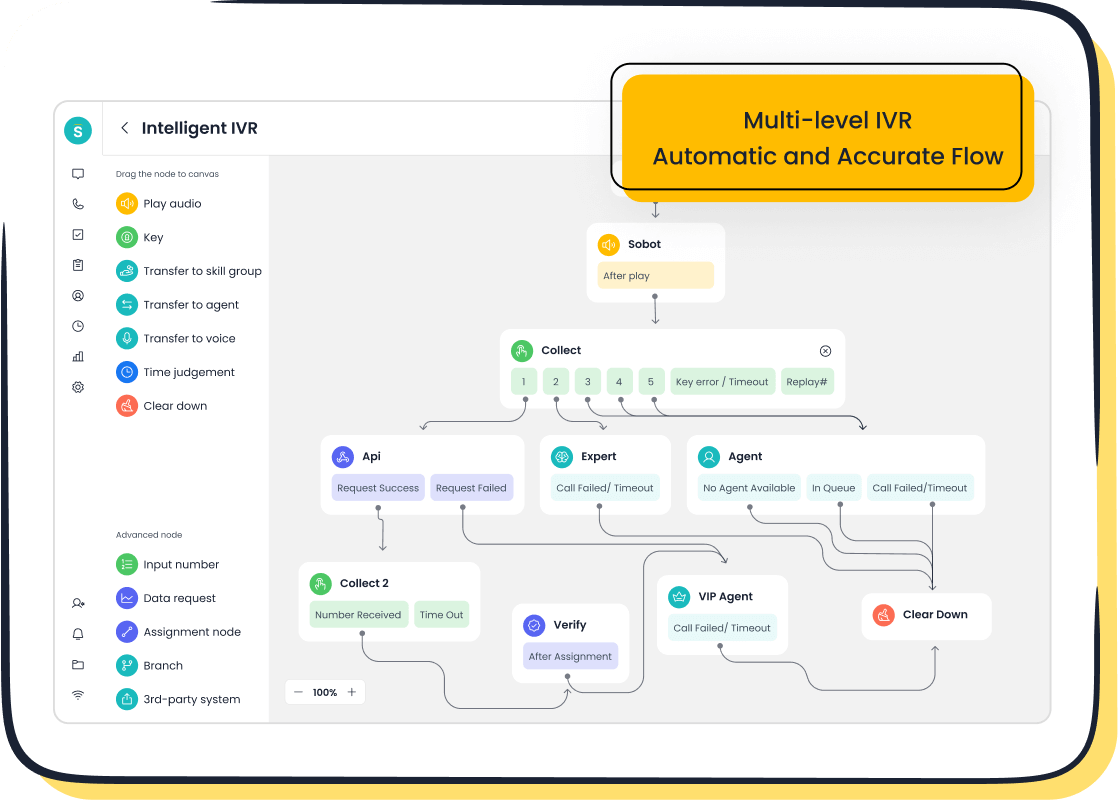
Leveraging Sobot's Voice/Call Center for Performance Metrics
Sobot's Voice/Call Center offers powerful tools to help you track and improve performance metrics. These tools provide real-time insights into your customer service operations, enabling you to identify inefficiencies and optimize processes.
One of the key metrics you can monitor is first contact resolution. This metric measures how often your team resolves customer issues during the first interaction. Sobot's intelligent call routing ensures that customers are connected to the right agent immediately. This feature reduces the need for follow-ups and improves customer satisfaction. For example, businesses using Sobot have reported a 30% increase in resolution rates.
Another important metric is average resolution time. This measures how long it takes to resolve customer issues from start to finish. Sobot's unified workspace consolidates customer data, allowing agents to access all necessary information in one place. This streamlined approach reduces delays and ensures faster resolutions. Studies show that reducing average resolution time can significantly boost customer satisfaction.
You can also track average ticket resolution time with Sobot's advanced analytics. The platform provides detailed reports on agent performance, helping you identify areas for improvement. For instance, Sobot's AI-powered voicebot handles repetitive queries, freeing up agents to focus on complex issues. This not only improves efficiency but also enhances the overall customer experience.
Sobot's Voice/Call Center is designed to meet the needs of businesses of all sizes. Its features, such as intelligent IVR and global number availability, make it a versatile solution for optimizing customer service operations. By leveraging these tools, you can achieve measurable improvements in your performance metrics and deliver exceptional service.
Efficiency Metrics: Optimizing Customer Service Operations
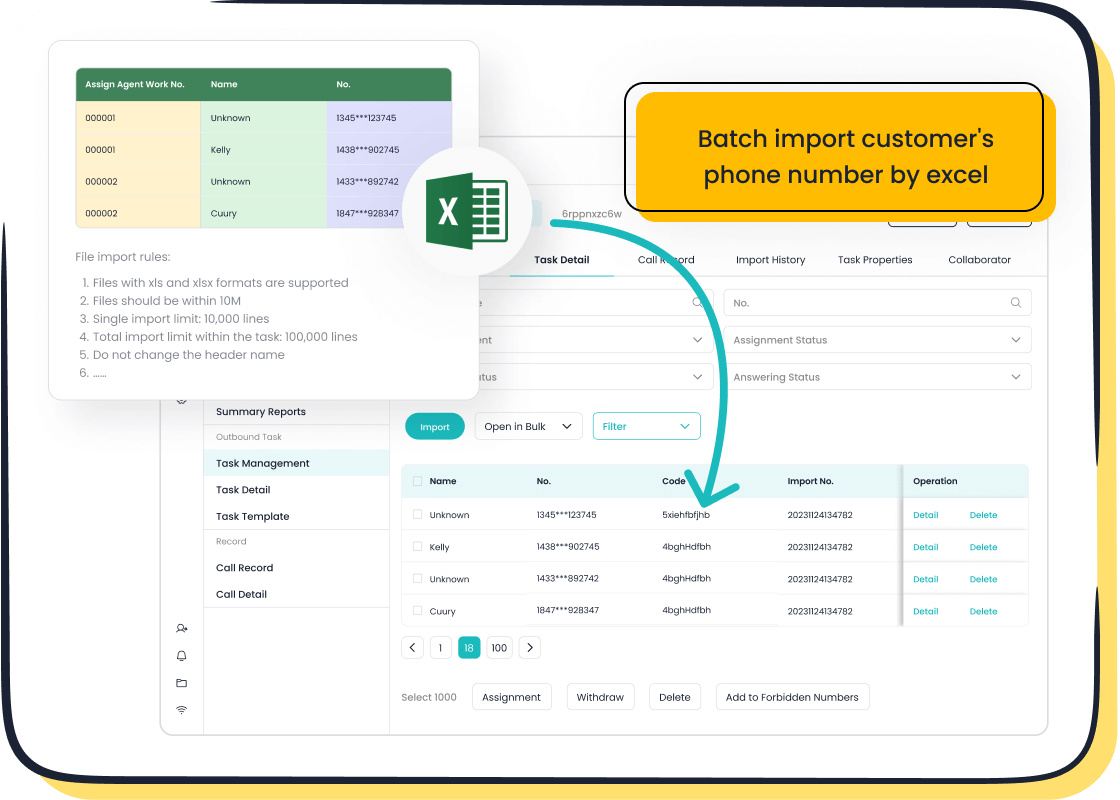
Average Handle Time (AHT)
Average Handle Time (AHT) measures the total time your agents spend on a customer interaction, including talk time and after-call work. This metric is crucial for evaluating operational efficiency. Industry benchmarks suggest that the average AHT is approximately 6 minutes and 3 seconds, making it a key indicator of service speed and productivity.
Reducing AHT benefits your business by improving customer satisfaction and lowering operational costs. For example, shorter handling times reduce the average wait time for customers, ensuring quicker resolutions. Sobot’s Voice/Call Center offers tools like intelligent call routing and AI-powered voicebots to streamline workflows. These features help agents resolve issues faster while maintaining service quality.
Monitoring AHT also helps you identify training needs for your team. If handling times exceed industry standards, you can implement targeted coaching or optimize processes to improve efficiency.
Ticket Volume and Backlog
Ticket volume and backlog reflect the number of customer inquiries your team receives and the unresolved tickets that accumulate over time. Tracking these metrics helps you gauge your team’s efficiency and productivity.
A high ticket backlog often leads to customer dissatisfaction due to longer wait times for issue resolution. Factors like complex issues, inefficient processes, and insufficient resources contribute to backlogs. Proactively managing these challenges ensures smoother operations. For instance, during peak times, monitoring ticket volume allows you to allocate resources effectively and reduce delays.
Sobot’s unified workspace consolidates customer data, enabling agents to handle tickets more efficiently. By automating repetitive tasks with AI-driven tools, you can reduce ticket backlog and improve resolution rates. This approach enhances customer satisfaction and minimizes the call abandonment rate, ensuring a better overall experience.
Cost Per Contact
Cost Per Contact measures the expense of handling each customer interaction. This metric helps you evaluate the cost-effectiveness of your customer service operations. Cost-effectiveness analysis (CEA) provides a framework for comparing costs to impacts, helping you identify programs that deliver the best value for money.
To calculate Cost Per Contact, you need two key data points: the total cost of your customer service operations and the number of interactions handled. Sobot’s AI-powered solutions, such as chatbots and voicebots, reduce costs by automating repetitive tasks and improving agent efficiency. These tools lower operational expenses while maintaining high service quality.
By optimizing Cost Per Contact, you can allocate resources more effectively and invest in strategies that enhance customer satisfaction. This metric ensures your customer service operations remain both efficient and financially sustainable.
How Sobot's AI-Powered Tools Improve Efficiency Metrics
Sobot’s AI-powered tools revolutionize how you manage efficiency metrics in customer service. These tools streamline operations, reduce costs, and improve customer satisfaction. By automating repetitive tasks, they allow your team to focus on complex issues, enhancing productivity and service quality.
One of the standout features is Sobot’s AI-powered voicebot. It handles routine queries, reducing the workload on agents. This automation leads to faster response times and lower average handle time (AHT). For example, businesses using Sobot report a 35% reduction in waiting times. This improvement ensures customers receive quicker resolutions, boosting satisfaction.
Sobot’s unified workspace also plays a critical role. It consolidates customer data, enabling agents to access all necessary information in one place. This feature minimizes delays and improves ticket resolution rates. Additionally, Sobot’s tools provide real-time analytics, helping you monitor metrics like ticket backlog and cost per contact. These insights allow you to identify inefficiencies and optimize processes.
The impact of Sobot’s tools is evident in the numbers:
| Metric | Value |
|---|---|
| Percentage of business from upgrades | 70% |
| Reduction in waiting times | 35% |
These results highlight how Sobot’s AI-powered tools drive efficiency. By reducing waiting times and increasing business from upgrades, they deliver measurable improvements in customer service operations.
Adopting Sobot’s solutions ensures your team operates at peak efficiency. The platform’s advanced features, such as intelligent call routing and AI-driven automation, empower you to meet and exceed industry standards. With Sobot, you can optimize efficiency metrics and deliver exceptional customer experiences.
How to Measure and Analyze Customer Service Metrics
Tools for Tracking Customer Service Performance Metrics
Tracking customer service performance metrics requires the right tools to collect, analyze, and interpret data effectively. These tools help you monitor key metrics like customer satisfaction, average ticket resolution time, and response rates. Below is a comparison of two popular platforms:
| Tool/Platform | Description |
|---|---|
| Zendesk | Known for its capabilities in collecting and analyzing customer satisfaction data. |
| Qualtrics | Offers tools to collect and analyze CSAT data, helping establish it as a core business metric. |
Sobot’s omnichannel solution also provides robust tools for tracking customer service metrics. Its unified workspace consolidates data from multiple channels, offering real-time insights. This feature allows you to monitor metrics like first contact resolution and customer effort score seamlessly. By leveraging such tools, you can make informed decisions to enhance customer satisfaction and operational efficiency.
Best Practices for Data Collection and Analysis
Effective data collection and analysis ensure the accuracy and reliability of customer service metrics. Following best practices can help you gain actionable insights. Consider these strategies:
| Best Practice | Description |
|---|---|
| Consistent Data Collection | Use uniform methods across all data points to ensure reliability. |
| Advanced Analytics Tools | Leverage modern tools for in-depth analysis of customer interactions. |
| Focus on Data Quality | Prioritize accuracy and integrity in all data initiatives. |
| Ethical Data Practices | Adhere to regulations and ethical standards in data handling. |
| Continuous Skill Development | Train your team regularly to improve data analysis capabilities. |
For example, Sobot’s AI-powered tools simplify data collection by automating repetitive tasks. This automation reduces errors and ensures high-quality data. Additionally, its analytics features provide detailed reports, helping you identify trends and areas for improvement.
Setting Benchmarks and Goals for Continuous Improvement
Setting benchmarks and goals is essential for driving continuous improvement in customer service. Start by researching industry leaders to identify best practices. Then, collect and analyze data to uncover performance gaps. Use these insights to create actionable plans. Here’s a step-by-step guide:
- Specific: Define clear targets, such as achieving a 90% customer satisfaction rate within six months.
- Measurable: Use quantifiable metrics like response times and resolution rates.
- Achievable: Set realistic yet challenging goals for your team.
- Relevant: Align goals with your organization’s broader mission.
- Time-bound: Assign deadlines to instill urgency.
For instance, a company improved production efficiency by 20% through benchmarking analysis. Similarly, Sobot’s solutions help businesses set and achieve goals by providing real-time analytics and actionable insights. These tools empower you to align your metrics with business objectives, ensuring long-term success.
Using Metrics to Drive Customer Service Success
Identifying Areas for Improvement
Customer service performance metrics provide valuable insights into areas that need improvement. By analyzing metrics like average response time, ticket volume, and customer satisfaction score, you can pinpoint inefficiencies and address them effectively. For example, a high ticket backlog may indicate insufficient resources or inefficient processes. Similarly, a low first contact resolution rate could highlight gaps in agent training or knowledge.
| Metric | Description |
|---|---|
| Average response time | Tracks the time it takes for agents to respond to customer inquiries. |
| Time to resolution | Measures the duration from initial contact to issue resolution. |
| Customer churn rate | Tracks the percentage of customers who stop using your services, signaling dissatisfaction. |
| First contact resolution | Indicates the percentage of issues resolved in the first interaction, reflecting agent efficiency. |
Sobot’s omnichannel solution simplifies this process by consolidating data from multiple channels. This unified approach allows you to monitor metrics like average wait time and overall resolution rate, helping you identify trends and take corrective action.
Aligning Metrics with Business Objectives
Aligning customer service metrics with your business objectives ensures that your efforts contribute to overall success. For instance, if your goal is to improve customer retention rate, focusing on metrics like net promoter score and customer lifetime value can guide your strategy. Businesses across industries have successfully aligned metrics with objectives:
- A hospitality chain used post-stay surveys to enhance guest experiences.
- An online retailer optimized inventory by analyzing customer feedback on popular products.
- A telecom provider reduced response times by 50% to boost satisfaction.
- A healthcare organization improved patient experience scores by 20% through targeted initiatives.
Sobot’s AI-powered tools, such as chatbots and voicebots, help you achieve these goals by automating repetitive tasks and providing real-time insights. This approach not only improves customer satisfaction but also aligns with broader business objectives like cost efficiency and customer loyalty.
Creating Actionable Strategies Based on Data Insights
Data-driven strategies are essential for improving customer support. Start by collecting diverse data types, such as customer effort score and employee net promoter score. Analyze this data systematically to uncover actionable insights. For example, if your analysis reveals long average resolution times, you can implement training programs or optimize workflows.
Here are some actionable strategies to consider:
- Prioritize collecting comprehensive customer feedback across all channels.
- Use segmentation to tailor your approach to different customer groups.
- Foster collaboration among teams to share insights and improve processes.
Sobot’s unified workspace and analytics tools make it easier to implement these strategies. By providing a centralized platform for data analysis, Sobot enables you to make informed decisions that enhance customer experience and operational efficiency.
Real-World Success: How Samsung Improved Customer Satisfaction with Sobot
Samsung, a global leader in technology, faced challenges in managing a high volume of customer inquiries across multiple channels. The company needed a solution to unify its communication systems, reduce inefficiencies, and improve customer satisfaction. By partnering with Sobot, Samsung achieved remarkable results, setting a benchmark for customer service excellence.
Sobot’s all-in-one contact center solution transformed Samsung’s operations. The platform integrated various communication channels, enabling agents to manage inquiries from email, chat, and voice calls in one unified workspace. This streamlined approach reduced response times and improved first contact resolution rates. For example, Samsung reported a 30% increase in agent efficiency after implementing Sobot’s tools.
One standout feature was Sobot’s AI-powered chatbot. It handled repetitive queries, freeing agents to focus on complex issues. This automation not only reduced ticket backlog but also enhanced the overall customer experience. Additionally, Sobot’s platform connected seamlessly with Samsung’s internal systems, such as ERP and ticketing, ensuring agents had access to comprehensive customer data. This integration eliminated data silos and allowed agents to provide personalized support.
The results were impressive. Samsung achieved a 97% customer satisfaction rate, a significant improvement from previous levels. The company also saw a 35% increase in sign-off rates and a 40% boost in cash-on-delivery collection rates. These metrics highlight how Sobot’s solutions directly impacted Samsung’s operational efficiency and customer loyalty.
By adopting Sobot’s advanced tools, you can replicate Samsung’s success. Whether you aim to improve first contact resolution or enhance customer satisfaction, Sobot provides the technology and expertise to help you achieve your goals. Learn more about Sobot’s solutions here.
Customer service metrics like CSAT, NPS, and FCR are essential for understanding customer experiences and improving satisfaction. These metrics help you identify inefficiencies, optimize resources, and measure the effectiveness of your strategies. For example:
- Tracking metrics ensures resources focus on impactful strategies.
- Rising resolution rates reflect improved customer loyalty.
By analyzing these metrics, you can enhance service quality and operational efficiency. Sobot’s AI-powered tools simplify this process with real-time analytics and unified workspaces. These solutions empower you to make data-driven decisions, ensuring long-term success in customer service. Explore how Sobot can transform your operations today.
FAQ
What are customer service metrics, and why do they matter?
Customer service metrics measure how well your team meets customer needs. They matter because they help you identify inefficiencies, improve customer satisfaction, and optimize operations. For example, tracking metrics like First Contact Resolution (FCR) ensures faster issue resolution, boosting customer loyalty.
How can Sobot help improve customer service metrics?
Sobot offers AI-powered tools like chatbots and unified workspaces. These tools automate repetitive tasks, reduce response times, and enhance customer satisfaction. For instance, businesses using Sobot report a 30% increase in agent efficiency and a 97% customer satisfaction rate.
What is the best way to track customer satisfaction?
Use metrics like Customer Satisfaction Score (CSAT) and Net Promoter Score (NPS). These scores provide insights into customer happiness and loyalty. Sobot’s omnichannel solution simplifies tracking by consolidating feedback from multiple channels into one platform.
How does AI improve customer service efficiency?
AI automates repetitive tasks, reducing agent workload and improving response times. Sobot’s AI-powered voicebots handle routine queries, allowing agents to focus on complex issues. This approach lowers Average Handle Time (AHT) and increases customer satisfaction.
Can small businesses benefit from Sobot’s solutions?
Yes, Sobot’s tools cater to businesses of all sizes. Small businesses benefit from features like batch outbound calling and AI-driven chatbots. These tools improve efficiency, reduce costs, and enhance customer satisfaction, making them ideal for growing companies.
See Also
Enhancing Call Center Efficiency Through Effective Monitoring Techniques
The 10 Most Recommended Customer Service Tools for 2024
10 Strategies to Improve Customer Satisfaction in Live Chat
Essential Practices for Effective Quality Management in Call Centers
10 Guidelines for Selecting Social Media Customer Support Tools